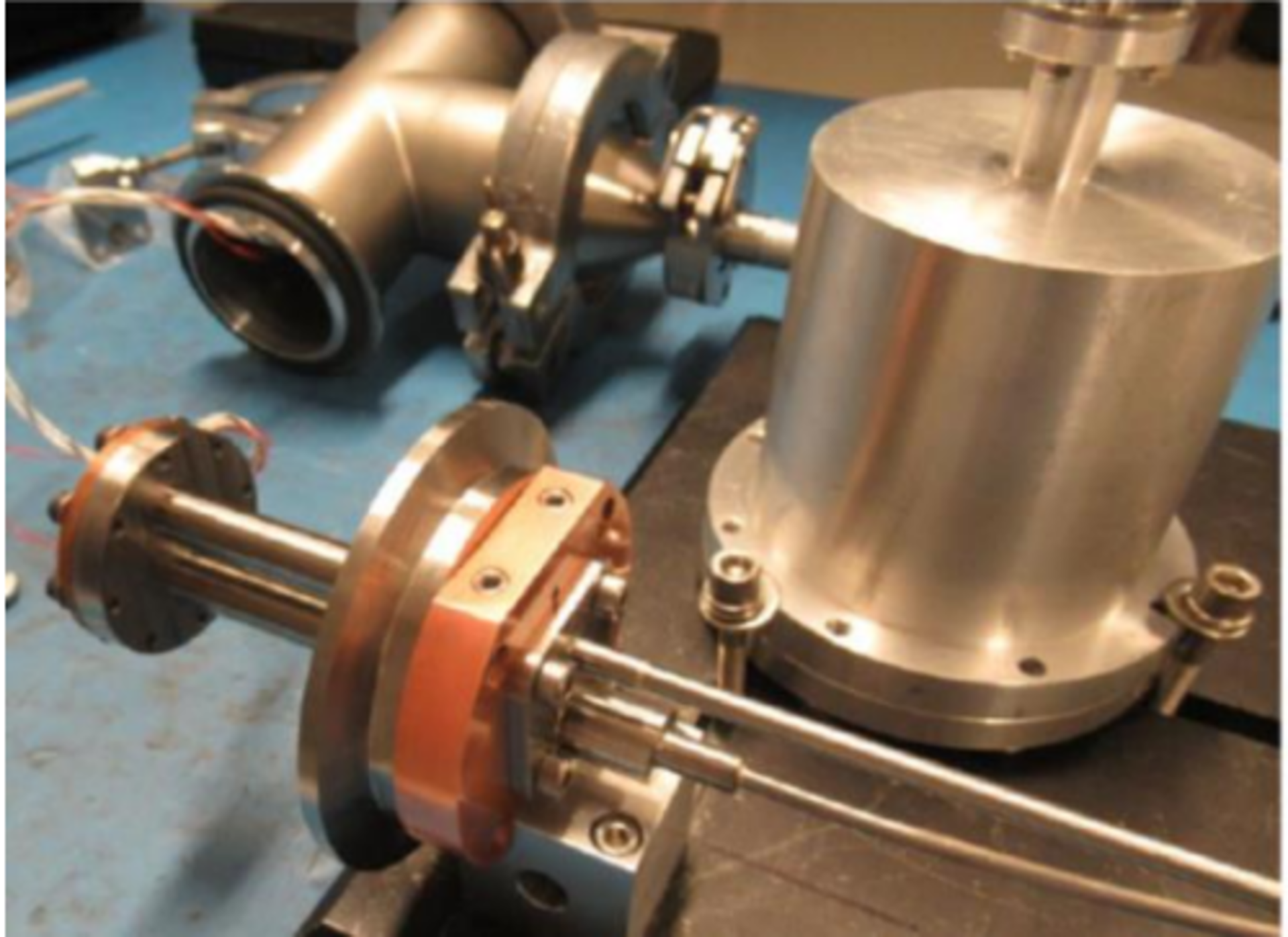De-Risking a High Performance Pulse Tube Cooler
There is an increasing need for ever smaller pulse-tube coolers. Unlike Stirling cryocoolers, these have very good characteristics for space applications and beause of the absence of moving parts in the cold finger makes them extremely reliable. Furthermore, the induced vibrations are typically smaller and easier to control.
But these pulse-tine coolers are less efficient and have a lower power density. Typically, this is resolved increasing their drive frequency, to reduce amplitudes and displacements, which means that the coolers are smaller.
Unfortunately, at higher frequencies the thermal and flow losses increase as well. A new activity with Thales cryogenics and GSTP has investigated tese losses, together with options for optimisation.
These will be beneficial for a wide range of coolers, from high-end ‘full space’ coolers to series produced ‘COTS+’ coolers for low-cost missions.
The activity investigated design options for miniaturisation of pulse-tube cold fingers, simulate and optimised for efficiency before experimentally verifying the predicted performance through breadboard testing.
Three potential Cold finger configurations were designed and met performance requirements. The design choices are also suitable for COTS+ applications and series-produced coolers.


